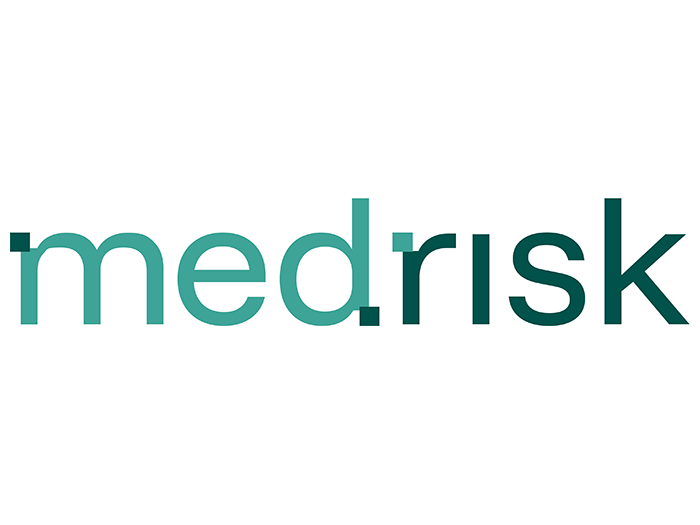Risk Insider: Peter Taffae
A Wholesale Insurance Broker Speaks Out on Product Commoditization
Most people in my space (D&O, E&O, EPL, Cyber, etc.) have started to realize the market has begun to change. Granted, some coverages more than others, such as public D&O, Employment Practices, Legal Malpractice, Health care and real estate being the most obvious.
My feelings on the arriving “hard” market are mixed. I have compassion for the claims frequency and severity that has had a negative effect on underwriters. But I am also frustrated with the underwriters for taking us to a bad place. I feel the same way about the brokerage community, and — to some extent — the buyer/insured. Let me explain.
The brokers (retail and wholesale) and underwriters share responsibility for where we are today. And, to my displeasure, the products that were unique to each carrier have been copied and commoditized.
I give recognition to the early “innovators” of commoditization of superior insurance products, but I will also call them out for their greed and the tremendous negative impact that has had on the marketplace.
Placing efficiency (profit) and high volume over broad coverage and risk underwriting has gotten us to this point. Restricting coverage and “cookie cutter” coverage has encouraged the commoditization thinking.
To illustrate my point, I will use the D&O policy as an example. The D&O policy dates back over 50 years. It started as two policies stapled together. One, for what we now call Side A, and the other, for what we now call Side B.
It was written as an “All Risk” policy with named exclusions. That in itself is amazing due to the fact that the coverage is for allegations naming the D&Os for “mismanagement.”
Price, everyone understands and doing so really doesn’t take any expertise. So, after years of driving price down, we are now paying the penalty. However, the penalty is not solely that insureds will be paying more, but underwriters will be quoting less and become even less likely to bend the coverage to meet the needs of insureds.
Here are just a few examples of coverage for major events (because it was not excluded): the savings and loan crisis, junk bond meltdown, greenmail/hostile takeovers and director litigating against director(s), subprime crisis, etc.
It even covered litigation for not buying enough insurance (i.e.: Union Carbide explosion). The product, not unlike the other coverages such as E&O, EPL, etc. were “flexible”; meaning an underwriter or broker who had the skill could mold it to fit a particular need. We called it “underwriting.”
Then things started to change, for many reasons, but the outcome was “commoditization” of the product(s). There are and hopefully always be exceptions but those have become rare and usually only for the Fortune 50.
Why has the product become commoditized? One reason is brokers and underwriters have moved from VALUE to price. It is harder to articulate value than price and requires an appreciation of the coverage.
I believe that if one truly understands the ability/potential comprehensiveness of this coverage, contractual wording, underwriting, and the exposures D&Os face, they would object to its commoditization and want to shift the conversation from price to value. Otherwise, what value as underwriters and brokers do we bring?
Price, everyone understands and doing so really doesn’t take any expertise. So, after years of driving price down, we are now paying the penalty. However, the penalty is not solely that insureds will be paying more, but underwriters will be quoting less and become even less likely to bend the coverage to meet the needs of insureds.
Many brokers (retailers and wholesalers) who never had to explain increases and restricted coverage are going to have a hard time. They will also have a hard time “brokering” challenging risks.
I believe that if one truly understands the ability/potential comprehensiveness of this coverage, contractual wording, underwriting, and the exposures D&Os face, they would object to its commoditization and want to shift the conversation from price to value. Otherwise, what value as underwriters and brokers do we bring?
If the market were to really become “hard,” which I know will never be like 1978, 1985, or 2000, I would hope it would be a turning point and bring back the art of underwriting and brokering.
By allowing the products to be standardized or at least perceived to be standardized, we have diminished the value that we (underwriters and brokers) bring to the process and have not lived up to our fiduciary duties.
I believe this coverage and its potential to provide comprehensive and innovative solutions is too great to be left to automation alone.










